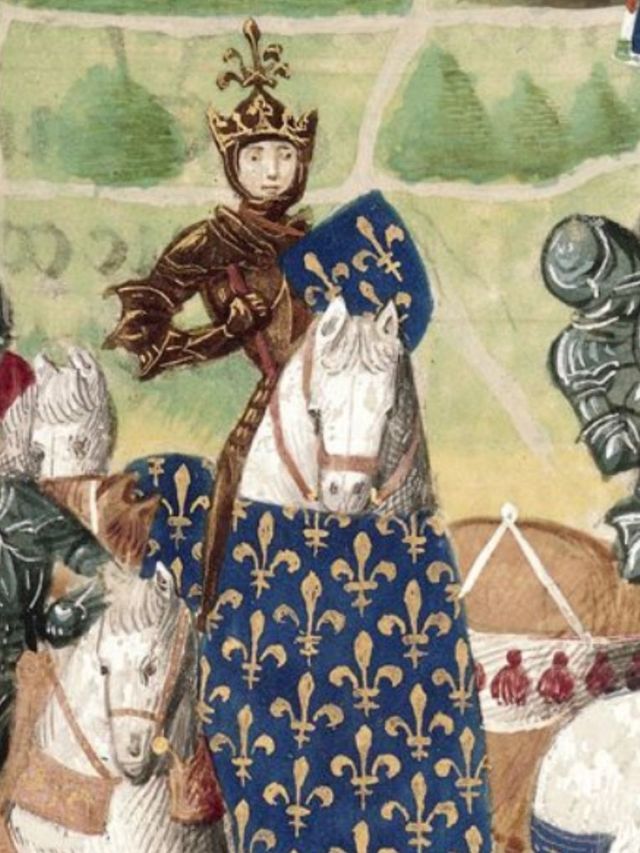 Harcigny's skeleton | ©Vassil / Public domain
Harcigny's skeleton | ©Vassil / Public domainThe museum
Set up in 1891 in the former Templars’ house, the art museum of Laon houses an important archaeological collection from Mediterranean sea and Picardy (don’t miss the treasure of Nizy-le-Comte) but also paintings, sculptures and furniture (15th-19th c.)...
Guillaume d'Harcigny
Brave and wise
French chronicler Froissart described Harcigny as ″a brave and wise doctor, unequaled″.
Guillaume was born in Harcigny (Picardy, Northern France), and he was mad king Charles VI’s doctor!
He made several trips to Syria, Egypt, Europe.
He wrote a diary where he spoke about remedies, geology, anatomy… he published it in 1368.
A mad king in his cage!
His friend lord of Coucy brought him one day at the king’s bedside, after a big lift of madness in the forest near Le Mans.
No one knew what to do with Charles VI, but he seemed completely unfit to reign…
Guillaume examined the king: according to him, this disease could be cured!
The sickness had been caused by too much excess… So he gave him remedy, ordered rest and strolls…
The legend says Guillaume raised a reinforced cage for the mad king, to lock him inside… False!! The king wanted to defenestrate himself.
Guillaume made a kind of balcony with a fence, so Charles could see the light and breathe the fresh air!
Guillaume cured the king for 6 weeks: Charles felt better! Besides, few weeks after Guillaume’s death, Charles stopped his treatment, and became mad again...
Stingy, Guillaume?
When he wasn’t at the king’s side, Guillaume lived in his houses in Laon, with a nice little income.
And yet, Froissart said he was stingy! He spent as little as possible.
But, when he died, on June 10th 1393, he let all his fortune to the poor…
He was buried in the Père-Cordeliers cemetery, in Laon.
His last remains were finally translated in the cathedral during the Revolution, then in the current Art museum of Laon...
His transi
Guillaume’s tombstone is a big grave made of black marble, with a flagstone.
The inscription says: ″Here lies famous scientist Guillaume d’Harcigny, from diocese of Laon, who was master in medicine and great philosopher...″
But, look, below the flagstone! This is his transi (″cadaver tomb″).
Do you see this skeleton, made of white limestone? On the contrary of René de Châlon’s transi, Guillaume’s one is not rotting but wasted, all dry.
A kind of mummy! The stone is about 200 kilos and 1,55 metres long. Guillaume’s transi was probably the first one designed in Europe...

